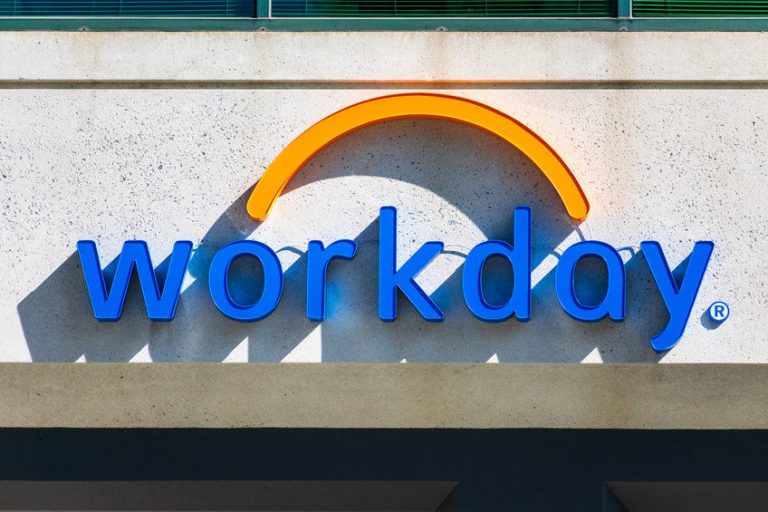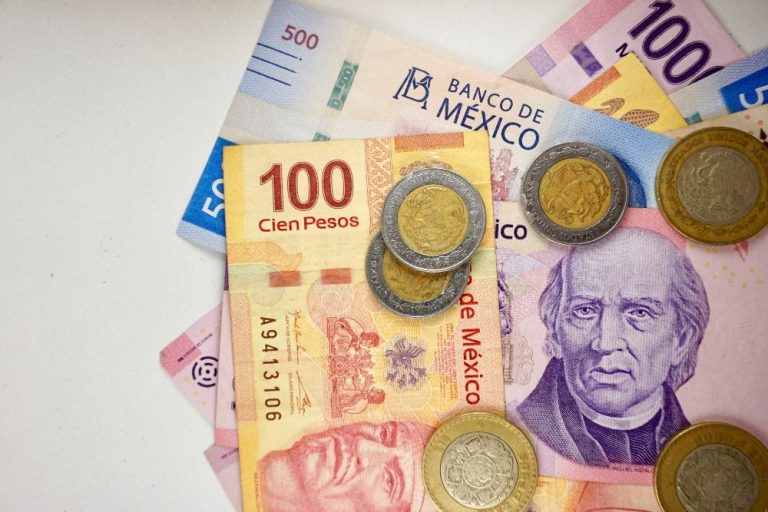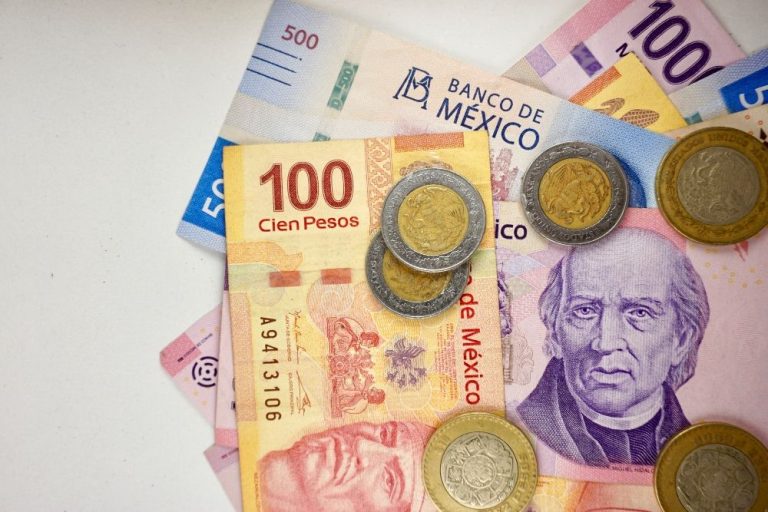The idea of a year-long sabbatical, once a whimsical aspiration, is gaining traction among top-tier executives.
From venture capitalists to CEOs and even pop stars, leaders are increasingly recognizing the transformative potential of stepping away from the relentless grind.
This isn’t simply about rest and relaxation; it’s about strategic reflection, strengthening connections, and ultimately, returning to work with renewed purpose and vigor.
Trading billion-dollar deals for family dinners
Venture capitalist Jeremy Liew, a partner at Lightspeed Venture Partners with a track record including a seed investment in Snap Inc., had long envisioned a year-long world trip.
Despite achieving remarkable professional success, including Snap’s $24 billion IPO in 2017, Liew found himself perpetually immersed in work.
It took the disruption of Covid, and the sudden absence of constant travel, for him to realize the value of what he was missing at home: “Having dinner with my family. Unstructured time with my kids. Having the time to train.”
This realization prompted Liew to reduce his commitment at Lightspeed to 20% and embark on a year-long family adventure in 2022, just as his eldest child was starting high school.
From Tanzania to Taiwan: a journey of discovery
The Liew family’s itinerary spanned 12 destinations, each for a month, beginning with Tanzania and Kenya, then on to Australia, Singapore, and Italy.
However, halfway through, teenage yearnings for peer interaction led to a six-month stay in Taiwan.
While the initial plan was modified, the experience remained invaluable.
The rise of the executive sabbatical
Liew’s journey exemplifies a growing trend.
Matt Mullenweg, CEO of Automattic, took a three-month sabbatical in 2023 to focus on personal pursuits like chess and sailing.
Even pop star Lizzo announced a “gap year” for personal peace, although she later clarified it was more of a work-intensive period away from the public eye.
Ania Smith, CEO of TaskRabbit, took a year-long break in Buenos Aires with her family before assuming her current role.
“My gap year played a pivotal role in my career,” Smith shared with Fortune.
“It gave me the space to reflect on what I truly wanted and develop a clear plan to achieve it, eventually leading me to my current role.”
These examples highlight the diverse motivations and benefits of taking an extended break from work.
Sabbaticals: no longer a luxury, but a strategic tool
Sabbaticals, long a standard practice in academia, are becoming increasingly common in the business world, especially after the pandemic disrupted traditional work patterns.
LinkedIn’s post-pandemic addition of “Career Break” as a profile option reflects this shift.
In 2021, nearly 30% of businesses surveyed by an HR organization offered unpaid sabbaticals, a significant increase from 18% in 2016.
Major companies, including Bank of America, Thomson Reuters, and Goldman Sachs, have joined the ranks of those offering regular employee leave, alongside established programs at McDonald’s, Adobe, Deloitte, and Zillow.
Even travel agencies are now specializing in “sabbatical travel” planning.
Reframing the narrative around career breaks
While skepticism sometimes surrounds executive sabbaticals, especially when they follow controversies or poor business performance, the perception of career breaks is evolving.
Rather than being viewed as a sign of weakness, taking time off is increasingly recognized as a strategic move for personal and professional growth.
“People are using sabbaticals to create transformation in their lives and pivot careers,” Cady North, author of The Art of the Sabbatical and founder of North Financial Advisors, told Fortune.
This shift reflects a growing understanding that career paths are not always linear and that taking time for reflection can lead to greater clarity and purpose.
A VC’s transformative journey
Arjan Schütte, founder and managing partner of Core Innovation Capital, had long dreamed of sailing around the world with his family.
The pandemic, ironically, provided the catalyst.
Realizing he could manage his investments remotely, Schütte embarked on a year-long voyage across 20 countries, homeschooling his children along the way.
The experience was profound, particularly the increased time spent with his kids. “It’s funny that you need to go to an exotic locale to figure out something so quotidian,” Schütte remarked.
The sabbatical also allowed Schütte, at 52, to reflect on his career trajectory and reaffirm his commitment to venture capital.
“I feel like I have a fresh mandate,” he shared. “From parenting to my relationship with my wife…I’m much more dialed into these relationships.”
Overcoming the fear of stepping away
Taking a significant career break can be daunting, as Smith of TaskRabbit discovered.
She and her husband faced concerns from mentors about the potential impact on their careers.
“More than one mentor cautioned me about the potential negative impact to my career,” Smith recalled.
“I guess I believed then that the gap year would allow me to pick up new skills, and that I needed to share this belief with others.”
Overcoming these fears can be a challenge, but the rewards can be significant.
Organizational benefits of leadership sabbaticals
Executive sabbaticals can also benefit organizations.
A CEO’s temporary absence can stress-test leadership structures, provide opportunities for other team members to step up, and even serve as a trial run for succession planning.
Liew observed that his absence created “upward momentum” in his team’s careers, as they took on greater responsibilities.
Liew’s only regret is not taking his sabbatical earlier.
While teenagers’ social needs necessitated a change of plans, the overall experience was profoundly positive.
His advice to others considering a similar break? Do it sooner rather than later.
The post Power of the pause: why top leaders are embracing sabbatical appeared first on Invezz










